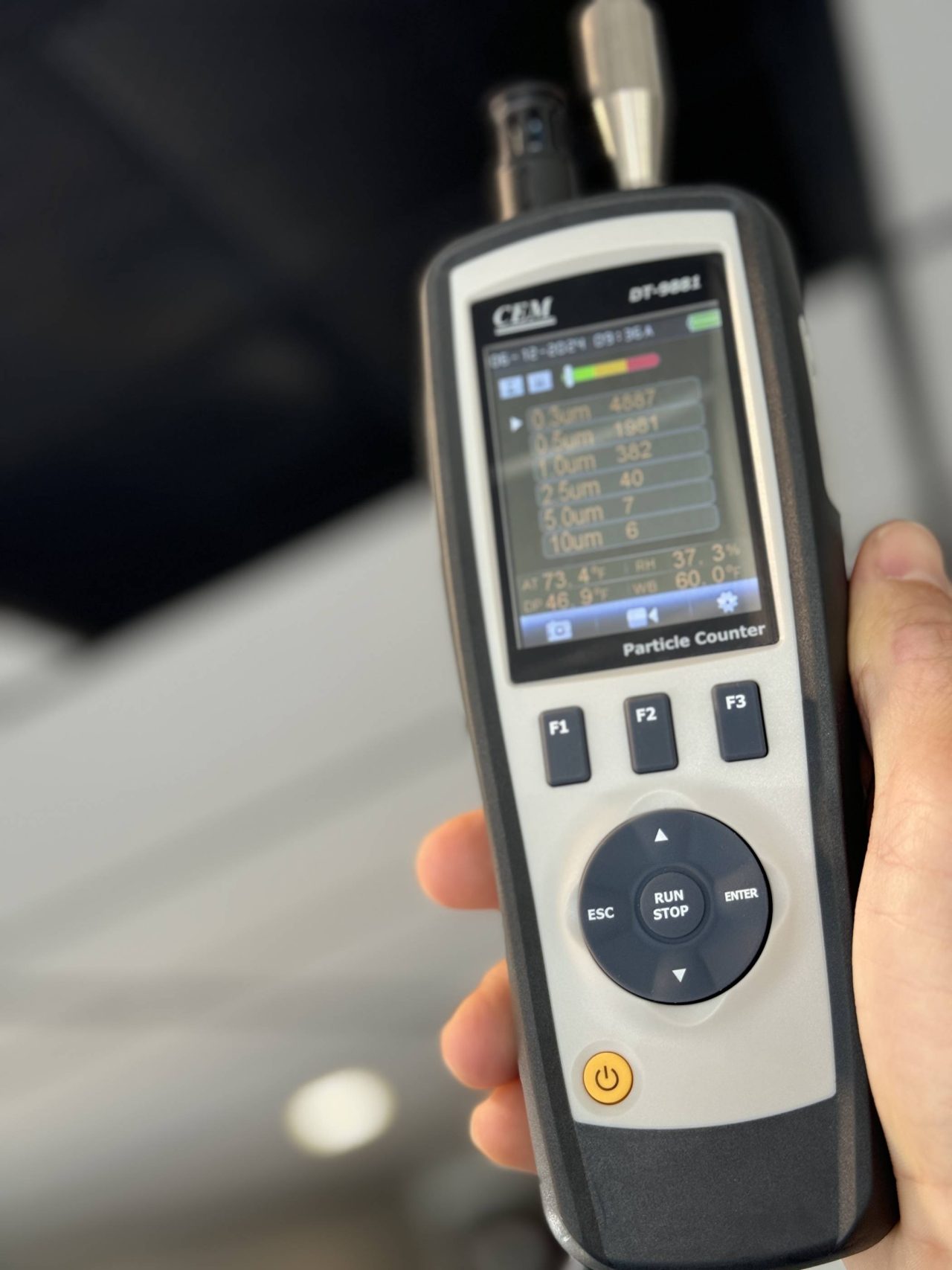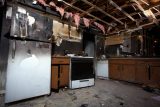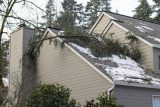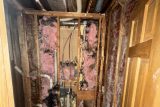The Impact of Restoration Services on Indoor Air Quality
Homeowners
10 months ago
The process of restoring your home after serious damage can be stressful at times, but it’s important to make safety a priority.
An often forgotten safety measure that should be considered is the quality of your home’s air. There are several types of pollutants you should be aware of that could disrupt your home’s indoor air quality during restoration.

Dust And Debris
Throughout any restoration process dust and other particles are generated from construction and demolition. These are often small enough to be ingested through the lungs or bloodstream. Debris can contain allergens like pollen or mold spores that can linger in the air even after a project is finished.
Volatile Organic Compounds (VOCs)
VOCs are chemicals that can be found in paints, sealants, adhesives, and many other building materials. The fumes from these compounds can be released into the air during renovation and sometimes for up to a year following construction causing poor indoor air quality. Breathing in VOCs can cause headaches and even long-term health issues.
Disruption of Asbestos
Older homes often contain asbestos, a mineral fiber that was previously used in insulation and other construction materials. If left undisturbed, asbestos poses little to no risk in your home.
However, disruption of asbestos can’t really be avoided during renovations if they are present in your home. The fibers can become airborne and pose significant health risks that could lead to cancer.
Moisture And Mold
During the renovation, your home is much more susceptible to moisture which can lead to mold and other biological growth if left unaddressed. Not only that but mold is often found behind walls or in other areas you may not be aware of.
If this mold is exposed, it can pose health risks, and if breathed in can cause allergic reactions or other respiratory issues. Mold should be addressed immediately to keep it from spreading to other parts of your home.
Lead Removal
Another compound often found in older homes is lead, usually in paint. It’s not typically harmful until you begin to remove the paint or demolish walls that have lead paint.
Harmful exposures can happen when lead-based paint is removed from surfaces incorrectly. This could be by dry scraping, sanding, or even open-flame burning. Any of these actions could create particles that disrupt indoor air quality.
Poor Ventilation
During a construction or restoration process, windows and doorways are often sealed off from the rest of the home. This is a good way to keep the fumes from settling within the rest of the home.
However, if windows and doors are sealed completely, pollutants are trapped in the construction area. This could lead to bad indoor air quality. A good practice is to keep windows and doors that lead outside open as much as possible to keep the area well-ventilated.
How To Minimize Poor Indoor Air Quality
Although any restoration process can lead to poor air quality within your home, there are ways to minimize the risk of this happening.
Have A Plan
If you’re planning a restoration project for your home, think about the work that will be done, the space that’s being renovated, how old your home is, and what materials will be used.
Talk with your contractor and develop a plan to retain your home’s air quality before, during, and after the project.
Create Proper Ventilation
Keep windows and doors open during the process when weather allows and make sure you have a good way to provide ventilation otherwise. This could be done by using an exhaust fan or another ventilation tool that improves the quality of the air.
Have High-Quality Masks Readily Available
If you’re constantly working with materials that can pose health risks, it’s a good idea to have high-quality masks available. There are masks made specifically for different kinds of fumes or dust particles, so know the materials you’re working with, and choose masks that will properly protect your lungs.
Restore Your Home Safely
By working with a home restoration company like Lake City Restoration, you can rest assured that proper safety and ventilation measures will be taken into account when restoring your home.
We offer services including mold restoration, water damage cleanup, fire damage restoration, storm damage repair, and other necessary restoration services.
We want to make your restoration process as easy and stress-free as possible, so we’re available 24/7 to assist with any needs you may have.




